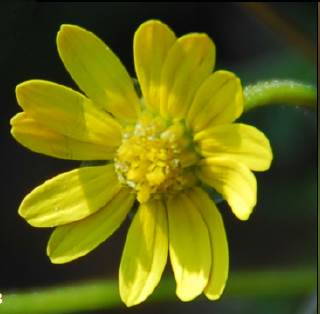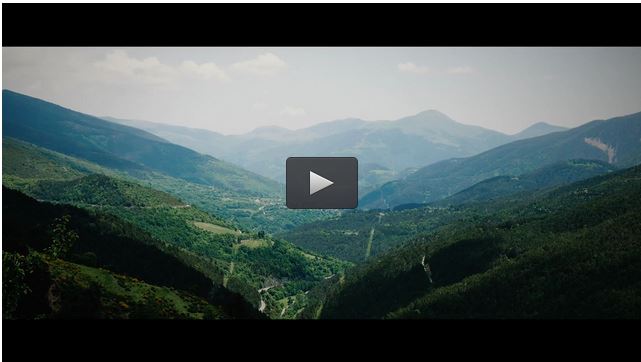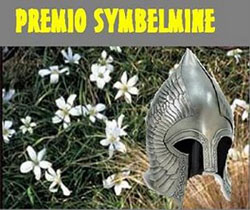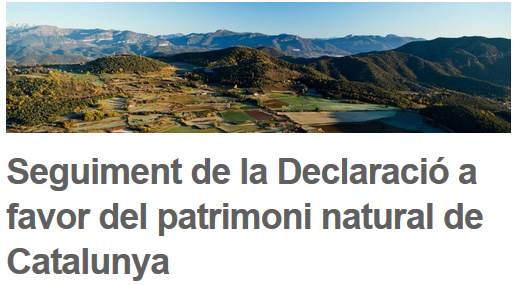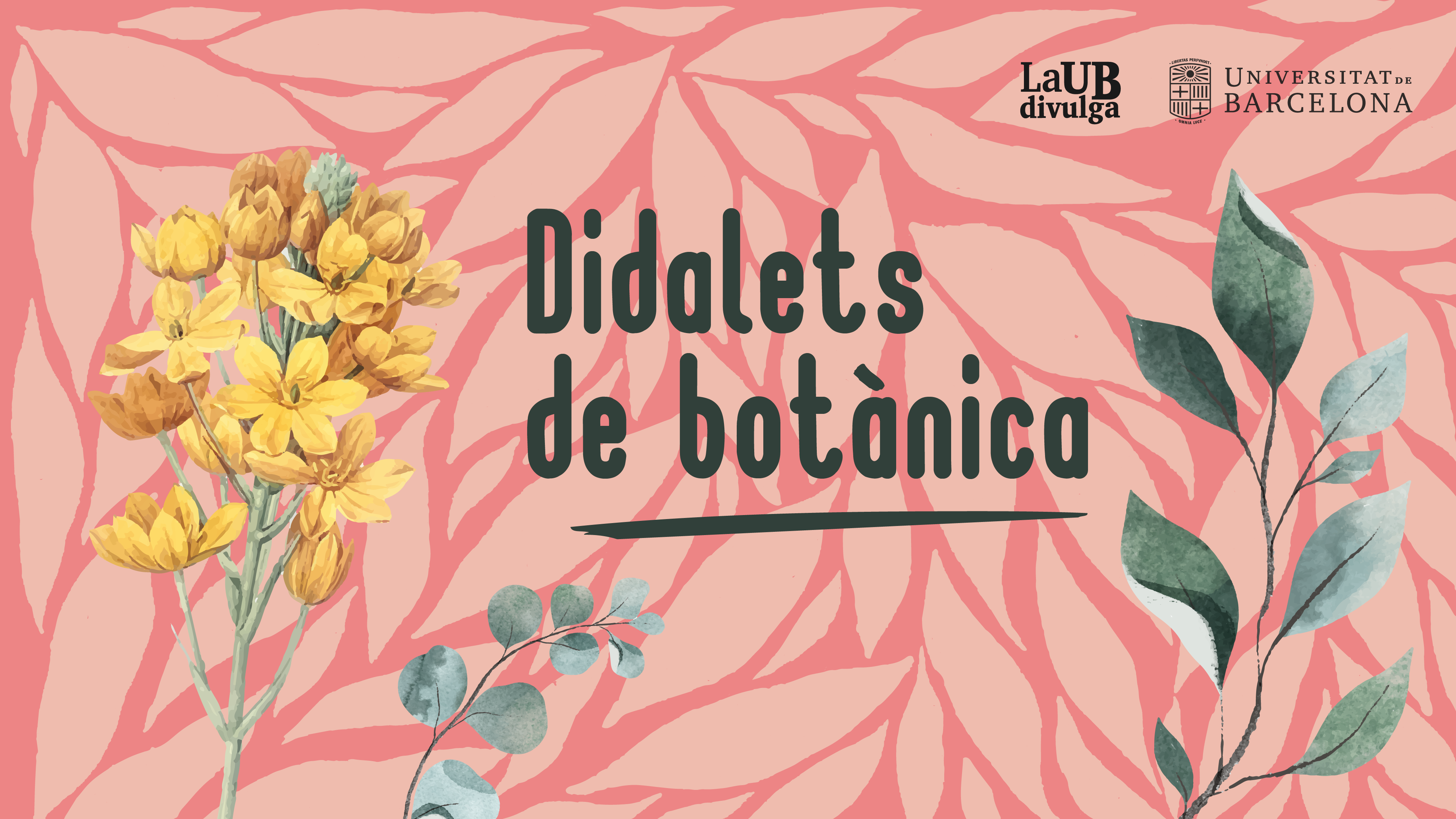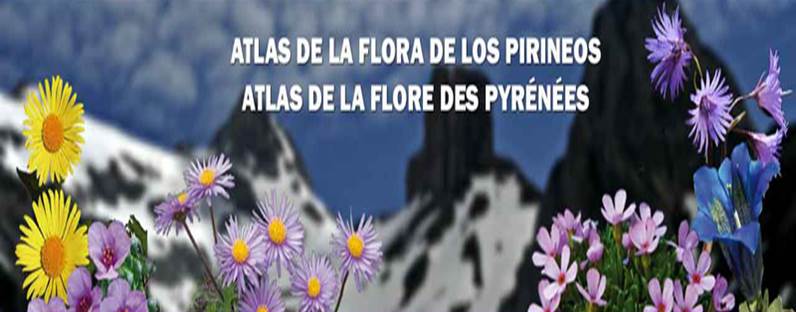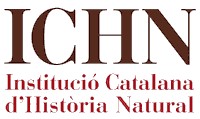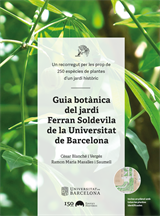|
Questad et al. 2012
Patterns and consequences of re-invasion into a Hawaiian dry forest restoration.
Biological Invasions, in press. DOI 10.1007/s10530-012-0253-6
Els autors conclouen que la restauració d'espècies llenyoses autòctones no és una eina efectiva per al control de Pennisetum setaceum
Abstract
The restoration of native plant diversity may be an effective tool for weed control, but its use has not been tested in the heavily invaded Hawaiian dry forest ecosystem. In addition, the ecological mechanisms by which invasive plants may cause declines in native plant diversity are generally not well understood. We examined invasion resistance and the relationships between invasion and declines in native plant diversity at local scales in a Hawaiian dry forest restoration by experimentally removing non-native species, planting native species, manipulating resources and environmental conditions, and allowing non-native species to re-invade. We found higher invasion rates in habitats that supported the most native species, suggesting that similar mechanisms may regulate the distribution of both native and invasive species. Pennisetum setaceum , a dominant invasive perennial grass, was associated with native plant mortality and declines in native diversity. Although invasion rates were greatest in more favorable habitats, the association of invasion with native species loss was significant only in lower quality
habitats, suggesting that environmental conditions may regulate competitive interactions between native and invasive species. We found that native woody
plant restoration is not an effective tool for weed control in this community, and that invasion may result in declines in native diversity. Our study provides a caveat to previous suggestions that invasion impacts on native diversity will be greatest in the most diverse plant communities. At local scales in some communities it may also be effective to control invasive species in sensitive areas with low resource availability instead of, or in addition to, areas with high biodiversity.
Ammondt et al. 2012
Restoration of native plant communities in a Hawaiian dry lowland ecosystem dominated by the invasive grass Megathyrsus maximus.
Applied Vegetation Science, in press. Doi: 10.1111/j.1654-109X.2012.01208.x
Els autors conclouen que Megathyrsus maximus era reduït de manera significativa en tots els tractaments de outplants de plantes autòctones en comparació amb els controls i controls tractats (sega i herbicides sense addició d'espècies autòctones)
Abstract
Questions: How does a highly degraded Hawaiian tropical dry lowland ecosystem dominated by the non-native invasive Megathyrsus maximus (guinea grass) respond to different restoration treatments (three native species outplanting treatments; four native broadcast seed treatments)? What effect do restoration treatments have on invasive and native species groundcover, biomass and physiological activity, and volumetric soil water content?
Location: Waianae Kai Forest Reserve, Island of Oahu, Hawaii, USA.
Methods: The invasive grass M. maximus was suppressed by initial mowing and pre- and post-planting herbicide applications. Native species were added in three outplant and four broadcast seed treatments in a complete randomized block design.Native species and M. maximus growth and ecophysiology, and volumetric soilwater content were quantified for 8 mo following treatment establishment.
Results: Native species outplant survival ranged from 38% to 67%. Cover of M. maximus was significantly reduced in all outplant treatments compared with control and treated control (mowing and herbicide without native species additions), but did not differ across outplant treatments. Of the native species, Dodonaea viscosa biomass was higher than Cordia subcordata, while other native species did not differ. Maximum photosynthetic rates (Amax) did not differ across species in July. However, in August (drier period), M. maximus exhibited lower Amax than all native species except T. populnea, indicating adaptive dormancy during drought. Broadcast seeding with native species was not an effective restoration treatment, as field germination ranged from 0.5% to 2.3%.
Conclusions: Ecological restoration of highly invaded Hawaiian tropical dry lowland ecosystems can be mediated through aggressive invasive species suppression and native species outplanting. Recommendations for restoration include initial removal of invasive grasses, adaptive suppression of grasses postoutplanting, and utilization of diverse native species assemblages that are ecophysiologically adapted to local conditions and competitive with M. maximus.
|

